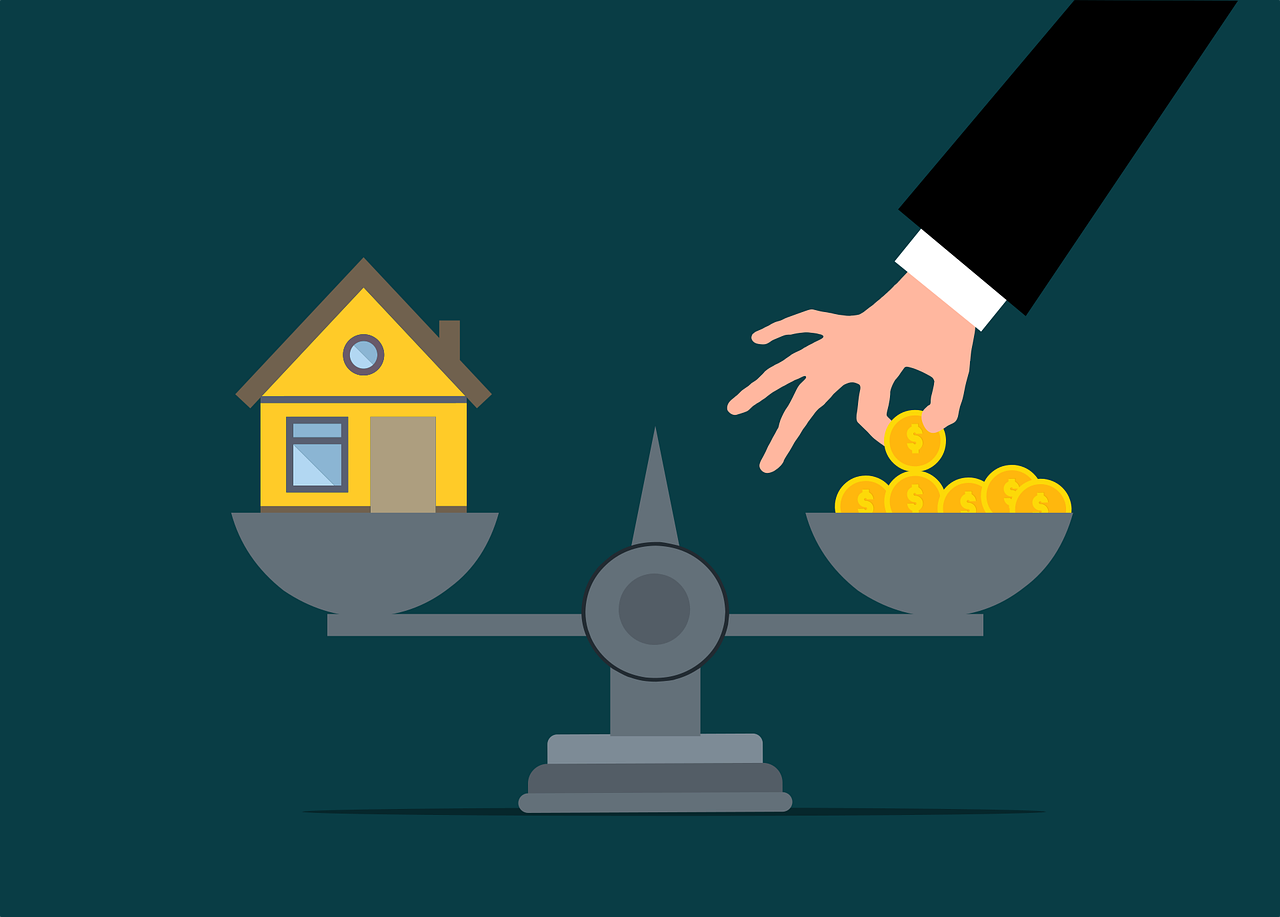6 Tips for Finding the Best Mortgage Rates


There is no one best mortgage rate for everyone. Your situation is likely going to be markedly different from anyone else's, which means you'll have different needs, preferences and options for mortgage rates than anyone else. Here are six tips for finding the best mortgage rates.
1. Practice Comparison Shopping
You should always begin your mortgage journey by comparison shopping. There are high levels of competition in the residential loan and mortgage financing business, which means lenders will try to cut their rates in order to attract more customers. You should compare the mortgage rates, as well as other rates, fees and services, that each lender offers to determine which lender is the best fit for you. Make sure you apply with three or more lenders you think are good fits. That way, you can choose the one with the lowest rate if all of them approve your application or you'll still have options if one rejects you.
2. Consider All Your Financing Options
If you're worried about high mortgage rights, remember that you have options for financing. Buying a single-family home tends to come with a lower mortgage rate than other residential property purchases. If you're eligible for refinancing, make sure you check the mortgage refinance rates available to you before committing to refinancing. Make sure you know which type of loan makes the most sense for your situation. You may also want to consider applying with smaller lenders or enlisting the services of a mortgage broker.
3. Have an Idea of How Long You Plan To Stay in Your Home
Mortgage loans come in two main types: 15-year mortgages and 30-year mortgages. Both have their benefits, but it's important for you to know which type is better suited for your needs. Specifically, you need to know or have a general idea of how long you plan to live in and own your home before selling it. If you know you'll be living there long-term, then choose the 30-year mortgage. This type allows you to pay it off with lower rates over a longer period of time. 15-year mortgages will come with higher rates due to the shorter repayment period.
4. Make Sure You Have Good Credit
Good credit is important for any type of loan application and a mortgage is no exception. If you have a good credit score, you're far more likely to be approved for any loan applications you submit, whereas poor credit makes you a bigger risk. Lenders tend to dislike approving risky loan applications, as those are more likely to lose money. Highly competitive rates require applicants to have a 740 on their credit scores, while other rates may have less stringent requirements. If you have good credit, then you should be able to successfully apply to most lenders. If you don't then you should look for ways you can improve your credit score.
5. Consider Using Discount Points
Some lenders offer certain fees that can lower your mortgage rate called discount or mortgage points. These fees are typically paid when you close on the house, but they're not advised for use if you're planning to sell the house or refinance within the next few years.
6. Make As Large a Down Payment As Possible
Generally, the higher your down payment is, the lower your mortgage rate will be. On average, mortgage rates shouldn't exceed 28% of your annual income. They fluctuate but are most likely to fall in the 4% to 6% range when a homebuyer's down payment is 20% of the total value of the home. If you're able to pay more than 20% of your down payment, then it's possible for your mortgage rate to be drastically lower, for example, 2% or 3%.
Mortgage rates depend on many different factors and can sometimes be changed at later dates after someone commits to a mortgage. Make sure you do careful research when choosing your plan and payment rates. You should also keep an eye on your rate as time goes on and your situation changes so you can get your rate adjusted if you need to.
